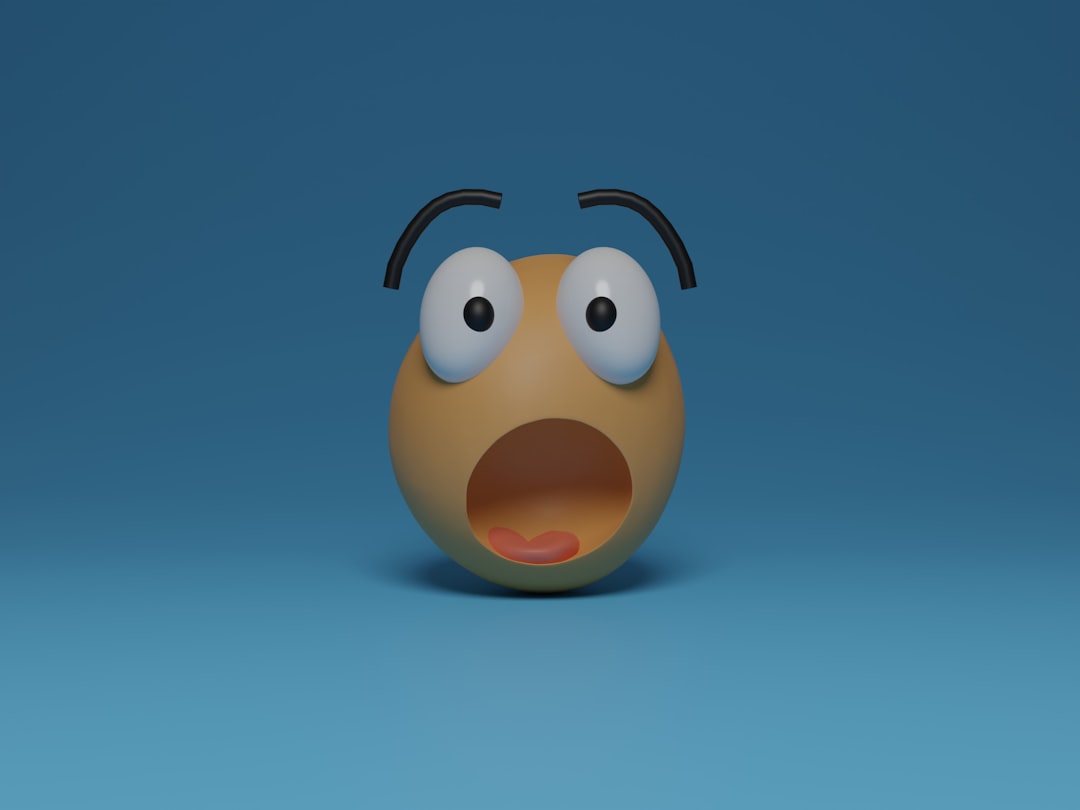Design is not just about creating something that is aesthetically pleasing, but also about creating an emotional connection with the audience. Emotionally-charged designs can be more memorable and effective in communicating a message or eliciting a desired action from the viewer.
One way to create an emotional connection through design is by using color. Color can evoke a wide range of emotions, from feelings of warmth and excitement to feelings of calm and security. By understanding the psychological associations of different colors, designers can choose colors that align with the emotions they want to evoke. For example, blue is commonly associated with trust and security, while red is often associated with energy and excitement.

Another way to create an emotional connection is through the use of typography. The choice of font, as well as the layout and spacing, can convey a specific tone or feeling. For example, a serif font can give a feeling of tradition and sophistication, while a handwritten font can evoke a feeling of personalization and warmth.
Images and icons also play a significant role in creating an emotional connection through design. By using images that are relevant and relatable to the audience, designers can tap into the viewer's emotions and memories, making the design more meaningful and memorable.
Furthermore, the use of storytelling can create an emotional connection by engaging the audience and helping them to identify with the message or product. Storytelling allows designers to create a narrative that the audience can relate to, and it can be used to create an emotional bond with the brand or product.
In conclusion, creating an emotional connection through design is about understanding the viewer's emotions and using design elements to elicit a desired response. By using color, typography, images, and storytelling, designers can create designs that are not only visually pleasing but also emotionally impactful. When a design evokes emotions, it becomes more memorable and more effective in communicating its message.






